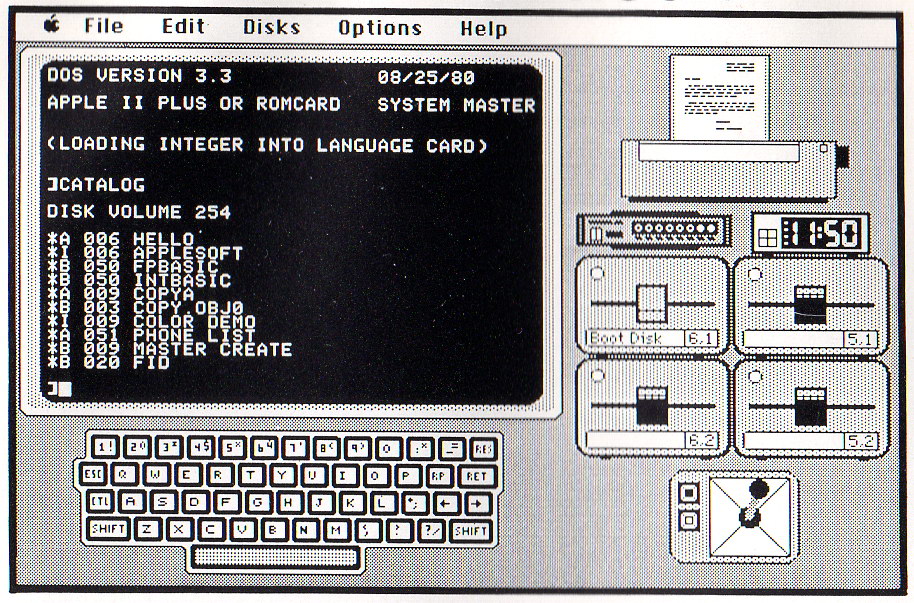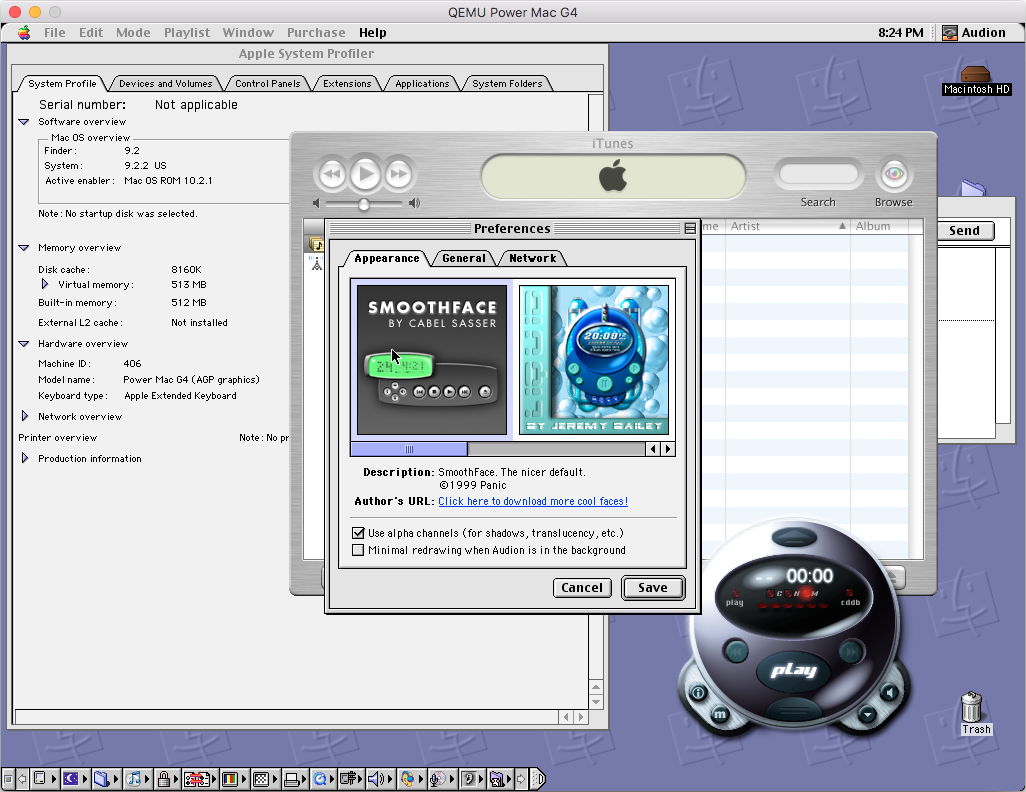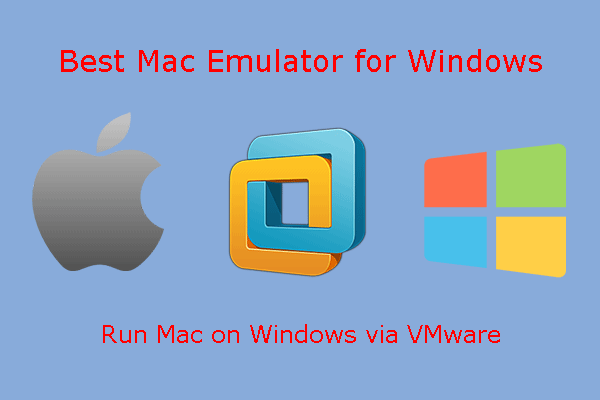

- #Harddive images for mac emulator mac os#
- #Harddive images for mac emulator update#
- #Harddive images for mac emulator archive#
- #Harddive images for mac emulator software#
(When SetFType works, it may not be necessary to rename the image to end in '.dmg', but it doesn't hurt.)ĭouble click on the disk image to mount it.

In OS 9 or earlier (and some early version of OS X) drag it onto " SetFType.dimg", to make it mountable.

Rename the new disk image to end in '.dmg'. Get a new " blank" disk image, large enough to hold the file. Here are the steps to transfer a file into anew disk image:

#Harddive images for mac emulator mac os#
The "SetFType.dimg" version of" SetFType"makes disk images directly mountable in Mac OS 9,and early versions of OS X. Renaming a disk image to end in '.dmg' (not '.dsk')makes it directly mountable in recent versionsof Mac OS X. Still another possibility is that if you have a file that is already on a 1.4M HFS floppy disk, and have a USB floppy drive, then Disk Utility can make an image of the floppy, and that image can be used with Mini vMac. Álvarez's FuseHFS.Ěnd there is HFS Disk Maker by Charles (author of Pacifist).
#Harddive images for mac emulator archive#
(It is still possible to mount them read only.) The main work around is to use ImportFl (along with tools to create an archive that preserves resource forks and other Macintosh specific information).Ěnother possibility is to run a different emulator that can work both with HFS and HFS+ disk images (such as Basilisk II or Sheepshaver, according to David Sibley).Ěnd another possibility is Jesús A.
#Harddive images for mac emulator update#
Update - Macintosh OS X 10.6.0 and later can no longer write to HFS disks or disk images. In this case,you should first uncompress it on a modern Macintosh(or with Stuffit Expander for Windows version 7as described below).On the other hand, old archives might not be understoodby modern software, so you sometimes need to try both ways.
#Harddive images for mac emulator software#
It is common for more recently created archives tonot be usable by software that runs on aMacintosh Plus, even when the software in thearchive works on a Macintosh Plus. Some versions of Mac OS for the Macintosh Plus, suchas System 7.5.5, can mount DOS format images,which opens some more possibilities for transferringfiles on non-Macintosh host operating systems.However, this seems to be especially prone tocorruption problems, so it is safest to use anew transfer disk image for each file transfer. You can get a new blank disk image from the" Blanks"archive. You should periodicallydelete your transfer disk image file and geta new one. It is better to use a separate disk image for transferringfiles, since using a disk image with both Mini vMac andother software, which usually seem to have slightly differentideas of the disk image format, tends to eventually lead tocorruption of the disk image. (HFVExplorerfor Windows is disappearing and HFSdisk image support has become flaky at times in OS X.) Update -The utilities ImportFl and ExportFl, which work inMini vMac 3.0.0 and later, provide an alternativeto the techniques described on this page formounting disk images in the host operating, whichhas become increasingly difficult. Mini vMac uses 'disk image' files, that hold the informationof an emulated disk.For information about using disk images in Mini vMac,see the ' Floppy Drive'section of the Hardware Reference.This page is about transferring files from the host operatingsystem into and out of disk image files.The exact methods available depend on the operating system.


 0 kommentar(er)
0 kommentar(er)
